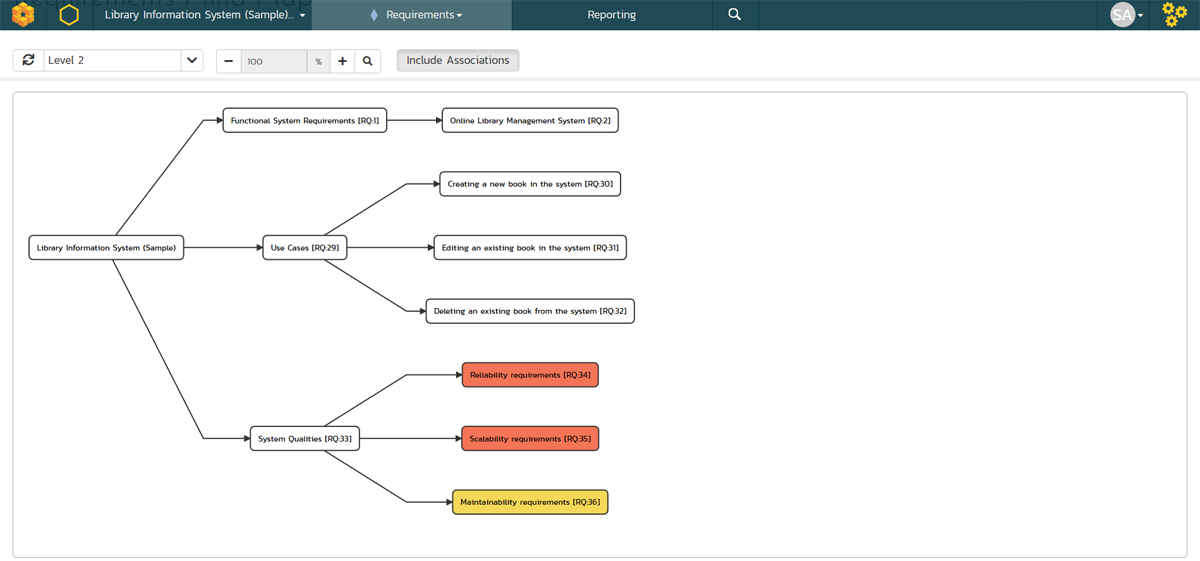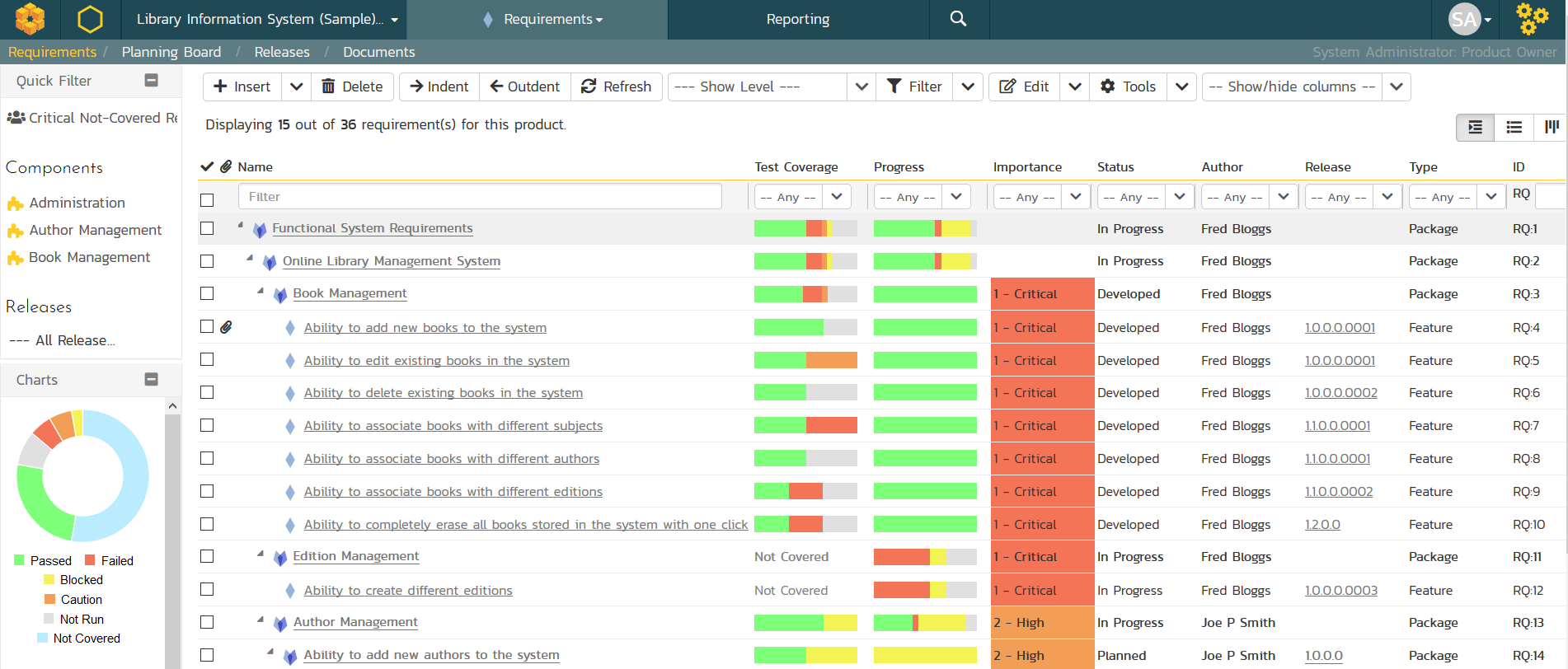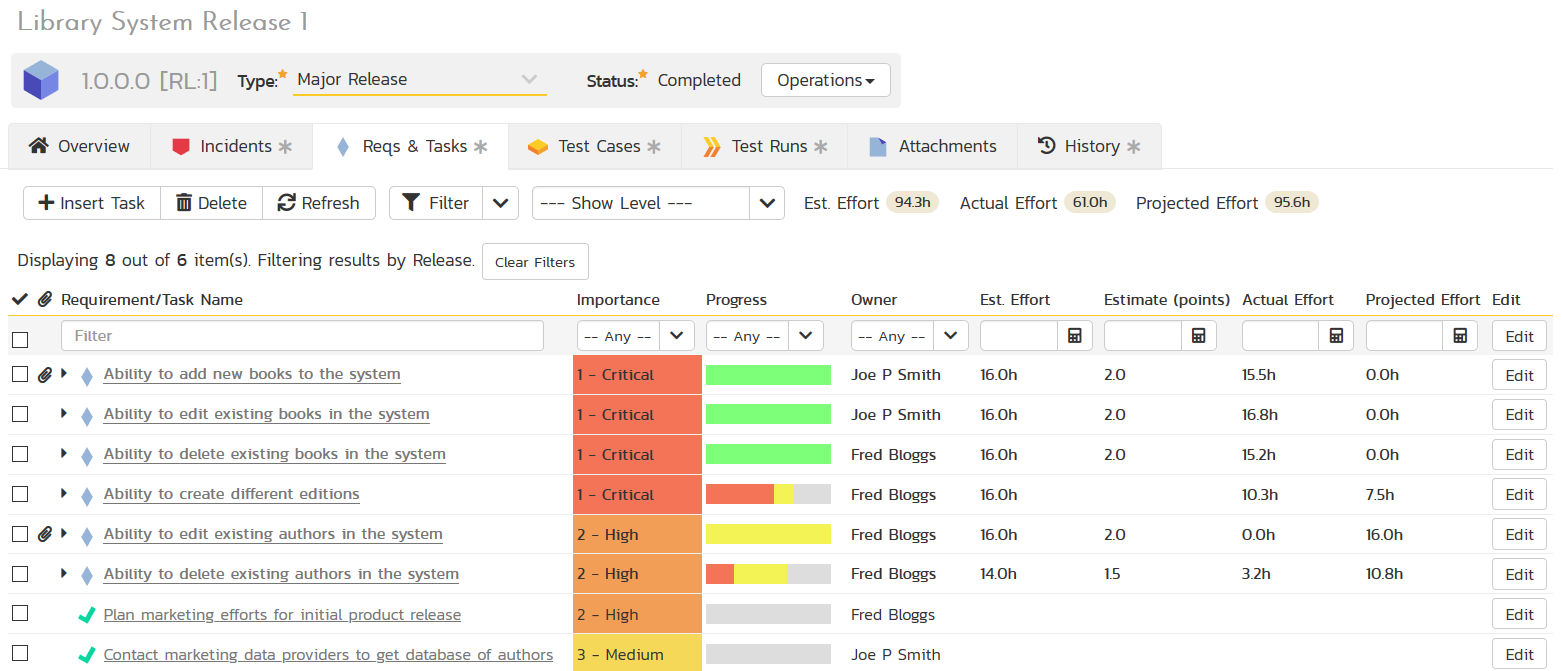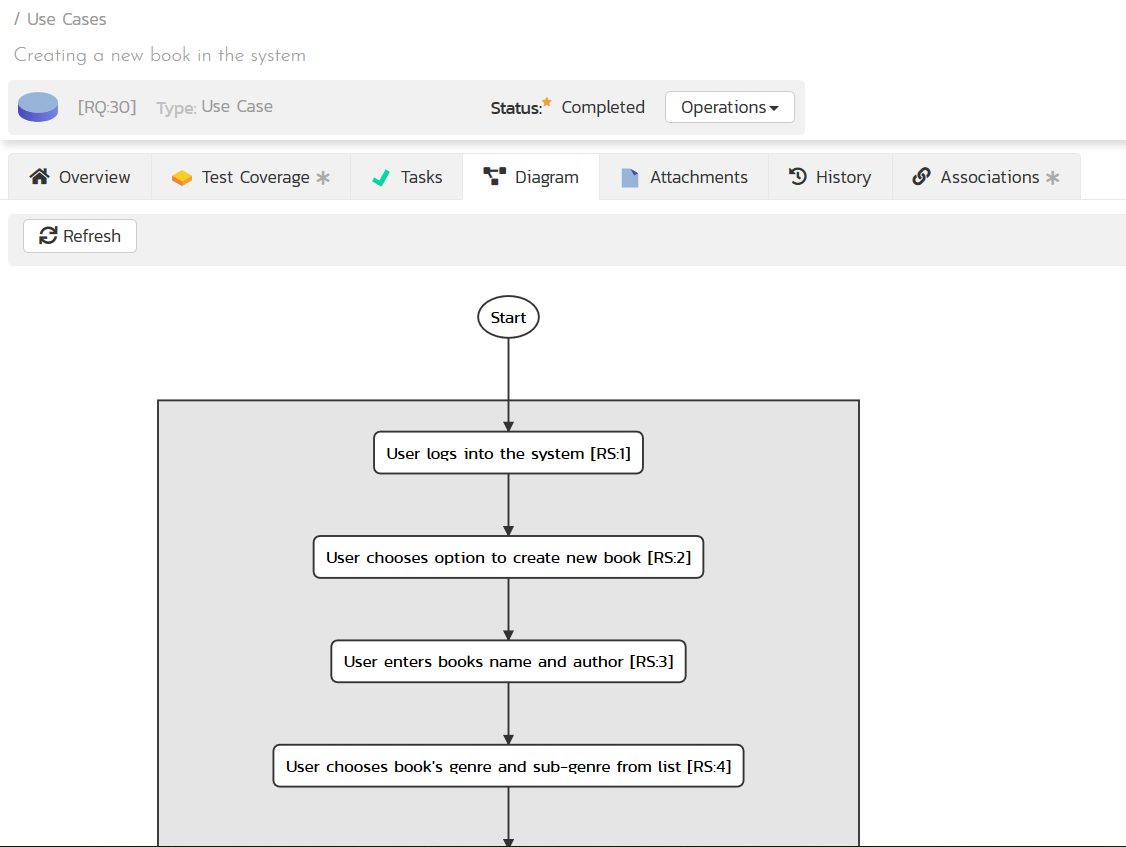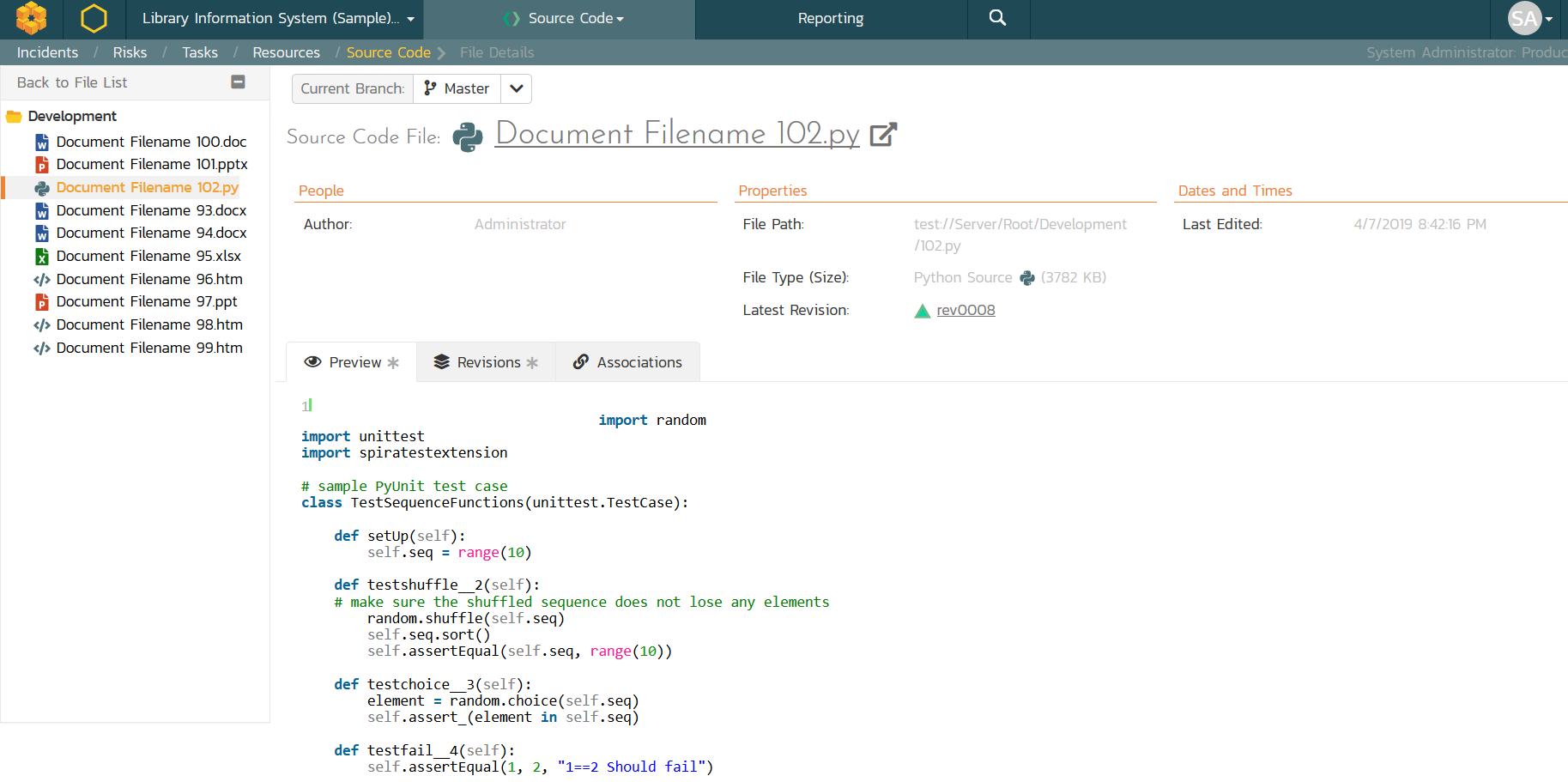What is Feature-Driven Development (FDD)
Feature-Driven Development (FDD) is an agile software development methodology that focuses on delivering value to end-users by prioritizing and incrementally developing features. A feature in FDD is defined as a small, complete, and valuable unit of functionality that fulfills a specific user need or requirement. This approach ensures that developers and stakeholders focus on the most crucial aspects of the software, making the development process more efficient, adaptive, and value-driven.
FDD is a collaborative and iterative process that involves constant communication and cooperation between cross-functional teams, including developers, designers, testers, business analysts, and project managers. By embracing an incremental and iterative approach to software development, FDD allows teams to respond effectively to changing requirements, ensuring that the final product is both high-quality and meets the needs of its users.
Benefits of Adopting FDD
Implementing Feature-Driven Development offers several benefits to organizations and development teams, including:
-
Enhanced collaboration
FDD promotes effective communication and collaboration between cross-functional teams, ensuring that all stakeholders are aligned and working towards a common goal. -
Faster time-to-market
By focusing on the incremental delivery of features, FDD enables organizations to bring their products to market more quickly and adapt to changing requirements more effectively. -
Improved quality
The emphasis on domain modeling, design, and testing in FDD helps to ensure that the final product is robust, reliable, and meets the needs of its users. -
Higher customer satisfaction
Focusing on features that deliver tangible value to users ensures that the software meets the needs and expectations of its target audience, leading to higher customer satisfaction and increased adoption.
Overview of the FDD Process
The Feature-Driven Development process is structured around five key phases, each with specific goals and deliverables. These phases are designed to provide a clear roadmap for development teams, ensuring that the software is built incrementally and aligned with the needs of its users. The five phases are:
- Develop Overall Model
- Build Features List
- Plan by Feature
- Design by Feature
- Build by Feature
Develop Overall Model
The first phase in the FDD process involves creating a high-level domain model that represents the system's main components and their relationships. This model serves as a shared understanding of the problem domain, enabling effective communication between team members and stakeholders.
During this phase, domain experts, business analysts, and developers collaborate to identify the key entities, attributes, and relationships within the system.
Build Features List
Once the overall model is in place, the team moves on to identifying and defining the features required for the system. A feature is a small, complete, and valuable unit of functionality that fulfills a specific user need or requirement.
In this phase, features are organized into subject areas, which are groups of related features that belong to a specific domain or functional area within the system. This organization helps to structure the development process and enables efficient allocation of resources.
Plan by Feature
With the features list complete, the team can now prioritize and plan the development work. Features are prioritized based on their value to users, dependencies, and technical complexity, ensuring that the most critical and feasible functionality is delivered first.
During this phase, the team assigns features to developers or development teams and establishes a rough timeline for their completion. This planning process is iterative and is updated regularly as new information becomes available or priorities change.
Design by Feature
In the Design by Feature phase, developers create detailed designs for each feature, taking into account the overall domain model and any dependencies between features. This design process typically involves creating sequence diagrams, class diagrams, and state-transition diagrams to describe the behavior and structure of the feature.
This phase also includes identifying and designing any necessary changes to the system's architecture, ensuring that the feature can be integrated seamlessly and that the overall system remains stable and robust.
Build by Feature
The final phase of the FDD process involves the actual implementation and testing of the features. Developers write code, perform unit testing, and integrate their work with the existing codebase. This phase also includes code reviews, which help to ensure that the code is of high quality and adheres to established standards and best practices.
Once a feature is complete, it is integrated into the system, and the team moves on to the next feature in the priority list. This incremental approach allows the software to evolve and adapt to changing requirements while delivering value to users at each step of the process.
Progress Tracking and Reporting
In FDD, progress tracking and reporting play a vital role in ensuring that the project stays on track and that stakeholders remain informed about its status. FDD uses a feature-based progress tracking mechanism, which provides clear visibility into the development process and allows teams to identify any bottlenecks or issues that need to be addressed.
Typically, progress is tracked using visual management tools such as feature boards, burn-down charts, or digital project management tools. These tools allow teams to see the status of each feature and monitor the overall progress of the project.
Regular progress reporting is also essential for keeping stakeholders informed and managing their expectations. In FDD, progress reports typically include information about the features completed, the status of ongoing features, and any changes to the project plan or priorities.
References
